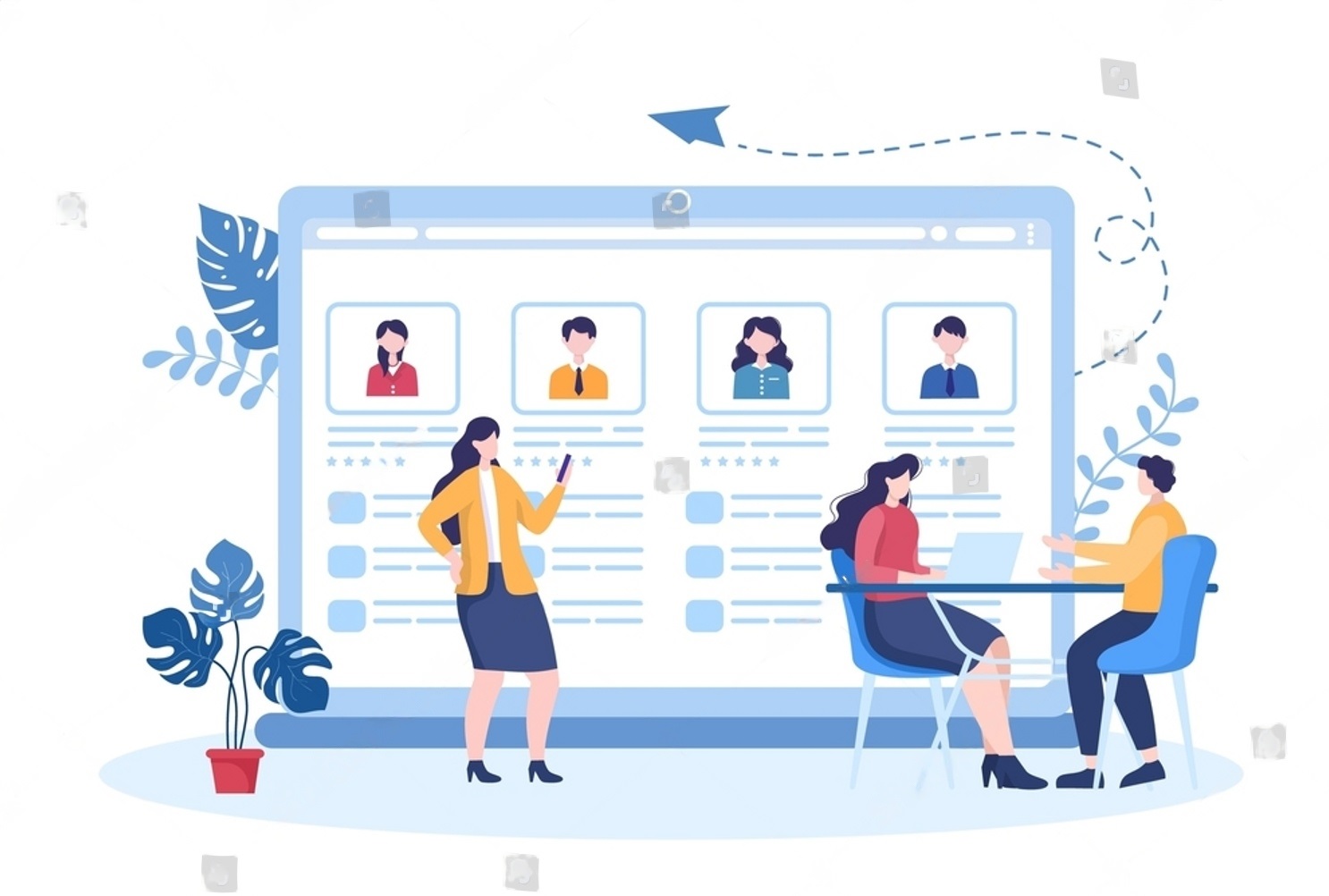In today’s competitive job market, gaining practical experience is crucial for aspiring UX/UI designers. Work placement programs provide a valuable opportunity for students to apply their skills in a real-world setting while offering companies fresh perspectives and potential talent. This comprehensive guide aims to help you create and optimize a UX/UI design work placement program with a focus on search engine optimization (SEO) to maximize its visibility and impact.
I. Understanding UX/UI Design Work Placement Programs:
A. Definition and Purpose:
A UX/UI design work placement program is a structured initiative that connects students seeking practical experience with companies looking to nurture emerging design talent. The program aims to bridge the gap between theory and practice while allowing participants to develop their skills and gain industry insights.
B. Benefits and Importance:
For students, work placement programs offer a chance to apply their knowledge in real-world projects, build a professional network, and enhance their employability. Companies benefit by gaining access to enthusiastic, creative individuals who bring fresh perspectives, contributing to project success and potentially identifying future hires.
II. Structuring an Effective UX/UI Design Work Placement Program:
A. Defining Program Objectives:
Clearly outline the primary objectives of your work placement program, such as providing hands-on experience, fostering skill development, and cultivating a talent pipeline. Aligning program goals with company needs ensures a mutually beneficial experience.
B. Establishing Program Structure and Timeline:
Determine the optimal duration and timeline for your program, considering factors such as project complexity and the availability of resources. A well-structured program may include a mix of training, project assignments, and evaluations to provide a comprehensive learning experience.
C. Defining Roles and Responsibilities:
Assign clear roles and responsibilities to mentors, supervisors, and participants. Mentors should guide and support students throughout the program, while supervisors oversee project assignments and provide feedback. Participants should understand their responsibilities and expectations.
III. Recruiting and Selecting Participants:
A. Defining Ideal Candidates:
Identify the desired skills, qualifications, and characteristics of participants. Look for candidates with a strong foundation in UX/UI design principles, proficiency in relevant software tools, and a passion for innovation. Cultural fit within the company is also important.
B. Attracting and Evaluating Applicants:
Use effective recruitment strategies, such as posting on job boards, reaching out to universities, or partnering with design programs. Evaluate applicants based on their portfolios, resumes, and interviews. Consider conducting design exercises or requesting case studies to assess their abilities.
IV. Providing a Nurturing Learning Environment:
A. Mentoring and Guidance:
Assign experienced mentors who can provide guidance, share industry insights, and facilitate knowledge transfer. Regular check-ins, brainstorming sessions, and constructive feedback help participants grow and develop their skills.
B. Practical Learning Opportunities:
Offer participants a variety of projects and tasks that challenge their abilities and help them develop new skills. Assignments could include designing user interfaces, conducting usability testing, or collaborating on cross-functional projects. Strive for a balance between projects that push boundaries and those focused on skill enhancement.
V. Evaluating and Assessing Performance:
A. Establishing Evaluation Criteria:
Define key performance metrics and criteria to assess participants’ progress. Consider factors such as design quality, problem-solving ability, collaboration skills, and overall professional growth. Regular evaluations, both formal and informal, provide opportunities for feedback and improvement.
B. Providing Feedback and Growth Opportunities:
Deliver constructive feedback that highlights strengths and suggests areas for improvement. Encourage participants to reflect on their work and identify personal growth goals. Provide growth opportunities through additional responsibilities, challenging projects, or exposure to different areas of UX/UI design.
VI. SEO Optimization for the Program:
A. Keyword Research:
Conduct keyword research to identify relevant terms and phrases potential participants might search for. Use tools like Google Keyword Planner or SEMrush to find popular and relevant keywords related to UX/UI design work placement programs.
B. On-Page Optimization:
Optimize the program’s website or landing page with targeted keywords in meta titles, descriptions, and headings. Craft high-quality, informative content that showcases the program’s benefits, objectives, and success stories. Ensure the website is mobile-friendly and loads quickly for better user experience.
C. Link Building and Promotion:
Build backlinks to the program’s website by reaching out to industry blogs, design communities, and relevant publications. Promote the program through social media channels, professional networks, and partnerships with educational institutions. Consider guest posting or collaborating with influencers to increase program visibility.
Takeaway:
Creating and optimizing a UX/UI design work placement program is a win-win for both students and companies. By following this comprehensive guide and implementing SEO strategies, you can enhance the program’s visibility, attract top talent, and cultivate the next generation of UX/UI designers. Embrace the power of work placement programs to nurture talent, drive innovation, and contribute to the growth of the design industry.











